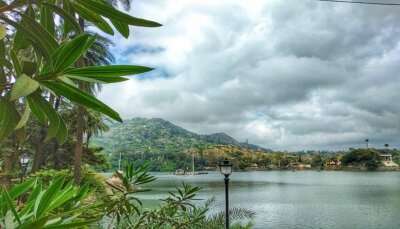Iceland in July: Weather, Places to Visit & Things to Do
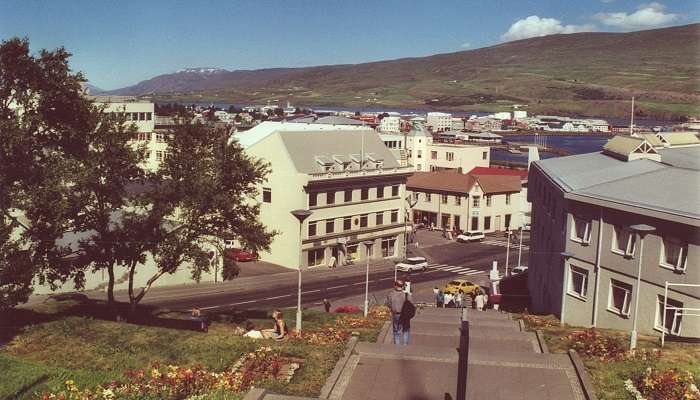
Iceland is known for its sublime glaciers, snow-capped houses, Northern Lights, and blue icy caves. However, visiting Iceland in July can make it seem like an altogether different country. You get to see flowery moors, sweeping pastures, hot springs, and the midnight sun along with, of course, the snow-covered mountains.
The summer festivals, mildly warm weather, and the warm hearts of the local people along with their medieval sagas can take your holiday experience to another level. This guide will give you an idea of all the good attractions and activities you can try out to make the most of the endless Icelandic summer days.
Weather In Iceland In July
Iceland in July offers the most pleasant weather of the year, making it an ideal time to visit. The average temperature ranges between 8°C to 13°C, occasionally reaching up to 20°C, which is considered warm by Icelandic standards. While the days are relatively mild, the nights can still feel chilly—especially for travelers from warmer climates.
One of the most fascinating aspects of July weather in Iceland is the Midnight Sun, where daylight can last up to 22 hours. Imagine witnessing sunlight even at midnight—this surreal phenomenon is a major highlight for many visitors, creating a dreamlike experience perfect for sightseeing, photography, and late-night adventures.
What to Pack for Iceland in July:
-
Raincoat – Rain is minimal but unpredictable, so a light waterproof layer is useful.
-
Warm clothing – Pack thick sweaters or a jacket, especially if you’re visiting from a tropical or warmer country.
-
Sunglasses – With nearly round-the-clock daylight, protecting your eyes from the slanting sun is essential.
Why Should You Visit Iceland In July
As mentioned in the above section, Iceland in July has freakishly long days. Tourists go to Iceland to experience this phenomenon. Summer is the best season to visit Iceland since the days are long and you can plan your trips, hikes, and excursions late into the night. You will find little to no traffic at night time which is daytime (yeah, freaky).
Since so many people come out to play, a lot of summer festivals also take place during this time. If you’re wondering what to do in Iceland in July, some of the attractions have been listed below:
1. Reykjavik Fringe Festival

Some bold and radical-thinking artists take part in this festival. Here, you witness an interdisciplinary and groundbreaking art form. Not like your usual plays around the rest of the world, you get to see some progressive plays in a manner you’ve never seen before.
2. Goslokahátíð

This festival is celebrated in Heimaey to mark the end of the most catastrophic volcanic eruption in Iceland back in 1973. You can join the locals at this festival who put up art exhibitions, plays, music concerts, and hikes.
3. Irish Days

One great thing about visiting Iceland in July is getting to witness the humble people of Akranes celebrate this festival every year in the first week of July to commemorate their Irish roots. Here you can see two cultures fuse. They mark this day with barbeques, sandcastle-making competitions. You can enjoy strolling the market along with a pint of beer.
4. Eistnaflug
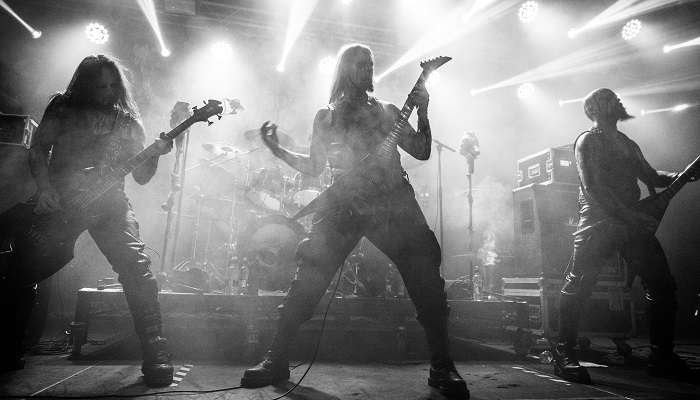
The small town of Neskaupstadur plays host to the music festival, Eistnaflug. Local and international rock and metal bands bring the house down every year for four days in the 2nd week of July. You can also take part in a competition and play in this festival.
5 Places To Visit In Iceland In July
The summers call you to Iceland in July to visit the following places and have some unique but fulfilling experiences:
1. Reykjadalur
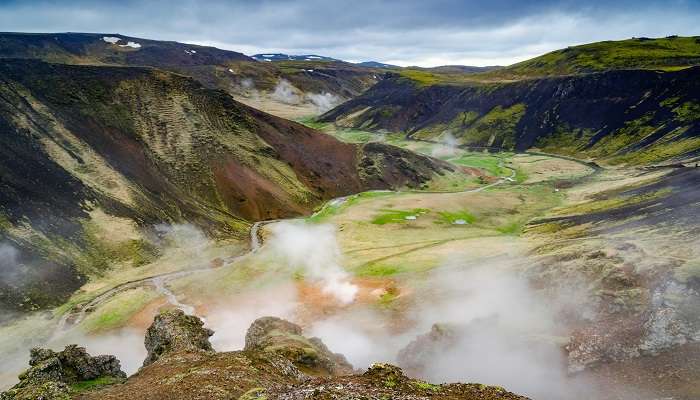
Going to Reykjadalur can give you a unique experience provided you are brave enough. Not too far from Iceland’s capital city is Reykjadalur which translates to “Steam Valley”. A natural geothermal spring warms the river which runs through this valley which makes it a popular place among locals to take a dip in it buck naked. Here you can find your own secluded spot to watch the midnight sunset in the buff (hence, the bravado).
2. Reykjavik

Reykjavik, the charming capital city, becomes the city of festivals and parties in Iceland in July. All day the sun encourages locals and tourists to come out and party their hearts out. Various museums and attractions are open 365 days a year. This gives you a chance to get out and visit places whenever you see fit.
3. Siglufjordur
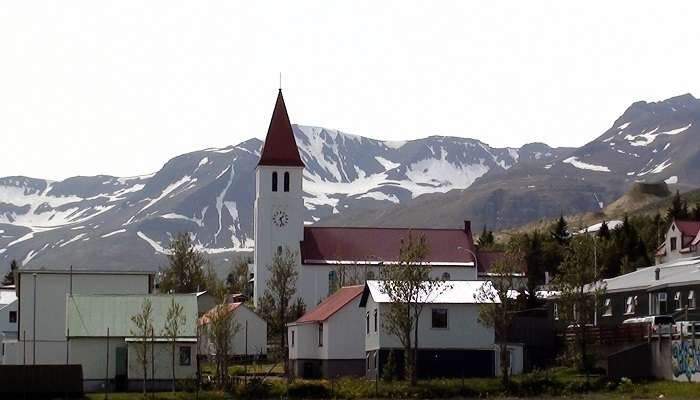
A small fishing town in the northwest, Siglufjordur is the northernmost town of Iceland. This beautiful village can only be visited in summer as the road remains closed for the rest of the year. The valleys and Fjord around this laidback town give you the perfect opportunity to hike the area and explore its wildlife. You can also head to nearby villages if you want to spot some whales.
4. The Westman Islands
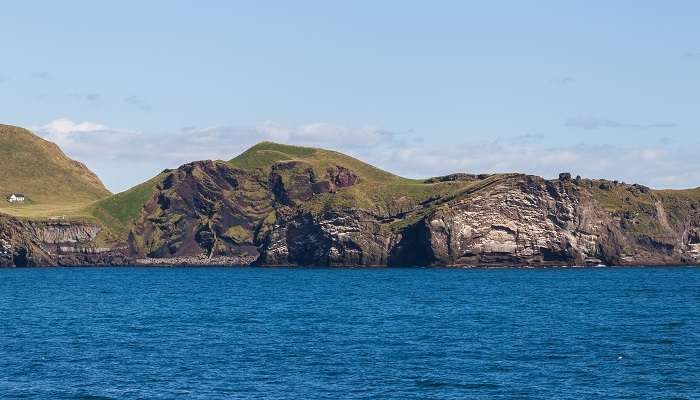
If you want to see some local wildlife then head to The Westman Islands. The warm town of Vestmannaeyjar is considered to be the best place to spot Puffins. Here, the locals are gracious enough to accompany you on these wildlife tours. Major tourist attractions of the place are Elephant Rock, a Beluga Whale Sanctuary (the world’s first), boat tours, and volcano tours.
5. The WestFjords
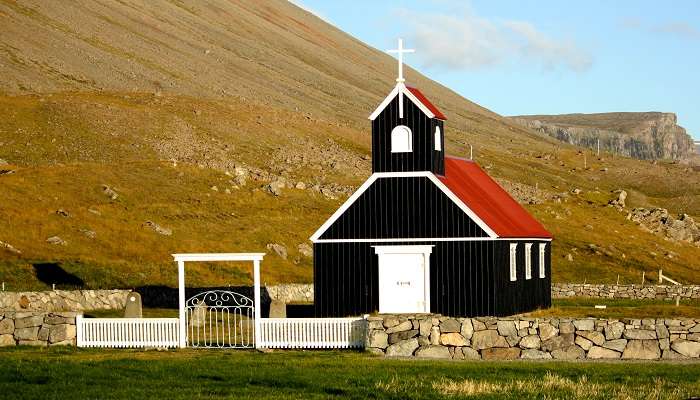
If you want to escape the city crowds and relax, then The WestFjords is the perfect area for you to go to. Since it’s summer, the uninhabited jungles of Hornstrandir are accessible. Here you can pitch a tent and enjoy the terrain in all its preserved natural glory. You can also set up camp in Dynjandi, a amazing place to witness the glittering sun in waterfalls during sunrise.
5 Things To Do In Iceland In July
There are a host of activities for you to try out in Iceland in July. We have tried to list down some of them:
1. Indulge In Puffin Spotting
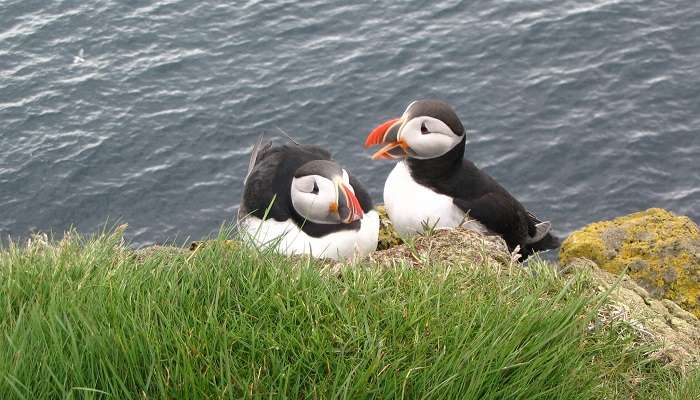
Visiting Iceland in July is great for visiting various places to spot the local Puffins. Found on rock cliffs or the sea, Iceland is home to the largest population of these magnificent and cute birds. They live in colonies and rear and tend to their families in the summer. You can see these beautiful winged creatures in their natural glory by taking a boat ride from the capital city of Reykjavik and other coastal towns.
2. Get On A Boat For Whale Watching
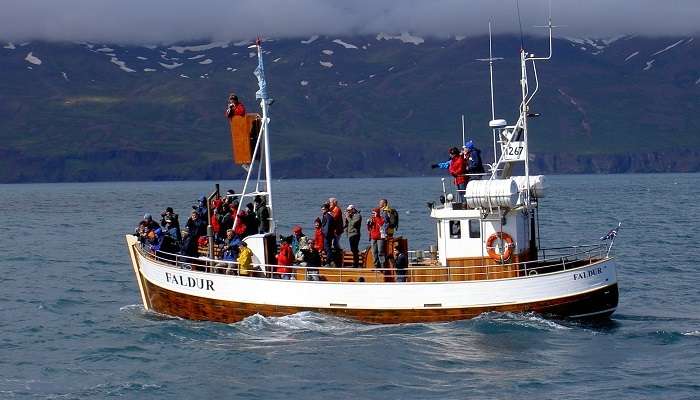
Another popular attraction in Iceland is whale watching. Iceland is considered to be one of the best places in the world to witness members of this endangered species. You can spot as many as ten whale species around the various fjords and seas in Iceland. Eyjafjordur and Husavik are two of the most popular places to hitch a boat into the fjords for whale watching.
3. Float In The Blue Lagoon

Going to the Blue Lagoon should be on every traveler’s itinerary. Famous among its locals and visitors alike, the Blue Lagoon is a geothermal spa situated inside a lava field. This makes the water steamy and warm. The blue and milky water covers a huge area and is stunning to look at. Here you can float in the relaxing water and let the therapeutic water heal you.
4. Camping By The Waterfalls

Camping is a popular activity to do in Iceland in July. The mild summer months are good and for many locals the only time to camp around Seljalandsfoss and Skogafoss. There are free public campsites set up by the Icelandic Government for visitors to camp at. Along with enjoying the natural beauty, you can also save some money by camping and not opting for hotels.
5. Sightseeing at Dyrhólaey Island
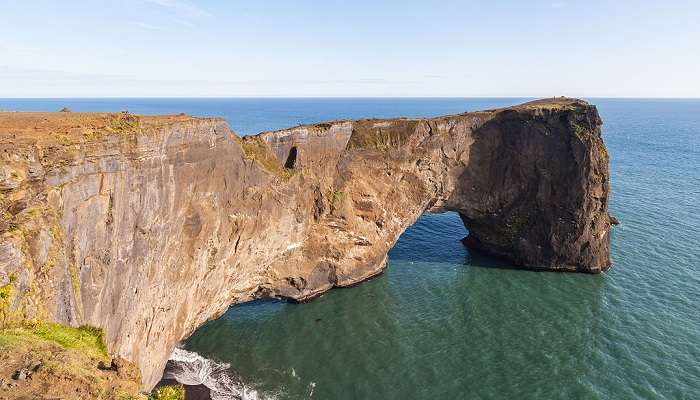
Iceland’s dramatic terrain offers you the opportunity to gape and awe at the sheer power of nature. Stand at the top of a 400-foot coastline and stare into the great rock formations, huge glaciers, and an endless sea of black coastline.
Further Read: Reasons To Visit Iceland
For travelers as well as locals, the beauty of Iceland in July is unmatched by any other time of the year. The nearly endless days aid in exploring the country deep into the night. The wildlife comes out to play and the natural vegetation blooms in colorful bliss. If you wish to encounter stunning scenery, the midnight sun, and frolic in the festivals, then July is the perfect time to plan a trip to Iceland. Hope this guide was helpful and you come back with some great memories.
For our editorial codes of conduct and copyright disclaimer, please click here.
Cover Image Credit: Julius Agrippa for Wikimedia Commons
Frequently Asked Questions About Iceland In July
Is July a good time to visit Iceland?
The summer months of July and August are Iceland’s warmest months yet they are pleasant and one of the best times to visit Iceland. June, with 24 hours of daylight, also sees a heavy footfall of tourists, like the summer months.
Can you see Northern Lights in Iceland in July?
No, you won’t be able to see the Northern Lights in July or in fact, any of the summer months.
Is Iceland expensive in July?
Iceland is relatively expensive in July compared to the off-season, which is September to May.
What is the best month to go to Iceland?
The summer months (June through August) are the best for a visit to Iceland. The days are longer, and the weather is pleasant and predictable.
How many days in Iceland is enough?
A 7-10 days trip to Iceland is perfect for a thorough exploration of the country.
People Also Read:
Greece In July Bali In July Canada In July
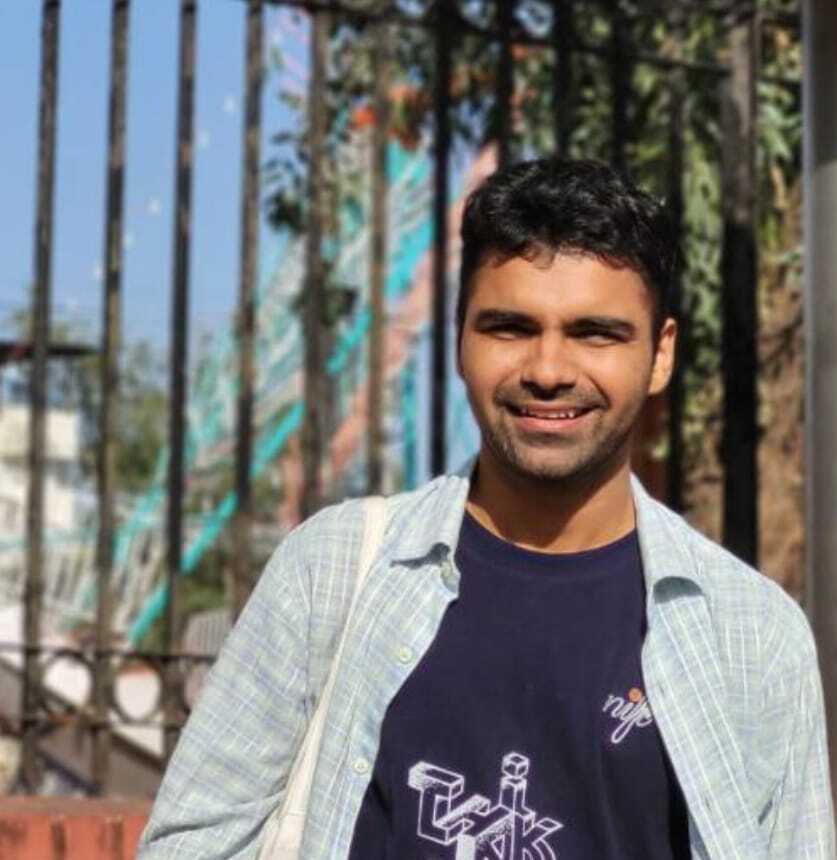
Abhay Kumar is a graduate of English Literature. Writing is both his hobby and his passion. He writes academic research articles as well as poetry and short fiction. He loves reading science fiction, fantasy, literary fiction, and translated fiction. He also loves traveling and writing about himself in the third person.





